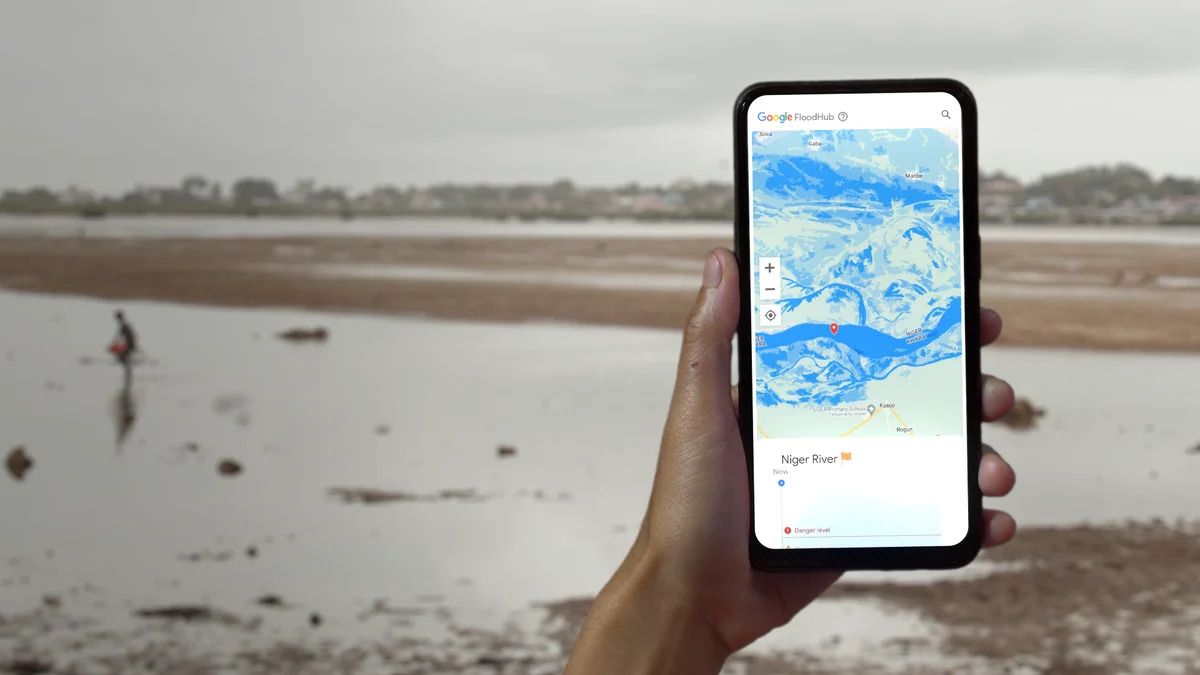When faced with the possibility of a natural calamity, people in vulnerable locations can reduce the disaster management efforts required if they are alerted ahead of time. Late last year, Google leveraged its prowess in AI to launch Flood Hub, a flood forecasting utility that can alert people of impending floods. Now, Flood Hub is expanding support to track flooding threats in 60 more countries.
Google estimates that floods alone cause $10 billion in economic damages worldwide, directly impacting 250 million people. In November last year, Flood Hub debuted, powered by an AI model trained on data from several drainage basins. The original model could warn people in India and Bangladesh up to a week in advance — a tremendous advantage over previous prediction techniques which only gave people a 48-hour window to prepare. By the end of the year, support had extended to 20 countries.
Now, Flood Hub supports 80 countries thanks to 60 recent additions to the list. Covered regions include countries in Africa, Asia-Pacific, Europe, and South and Central America. Google estimates this expansion can help impact 460 million people who live in flood-prone regions. At the time of writing, the Search giant is monitoring over 1,800 locations across river basins.
Google is now working to make the information from Flood Hub available in Search and Maps as well — places where people are most likely to look up such stats in times of need. This is a huge step forward in helping communities up their disaster preparedness. However, Google only tracks riverine floods at the moment, and not flash floods or coastal events. There’s room for improvement and Google acknowledges it.
Besides floods, the company also leverages AI and satellite imagery to track wildfires and alert people in danger. Last we checked, the system is operational in Mexico, the US, Canada, and regions of Australia.

